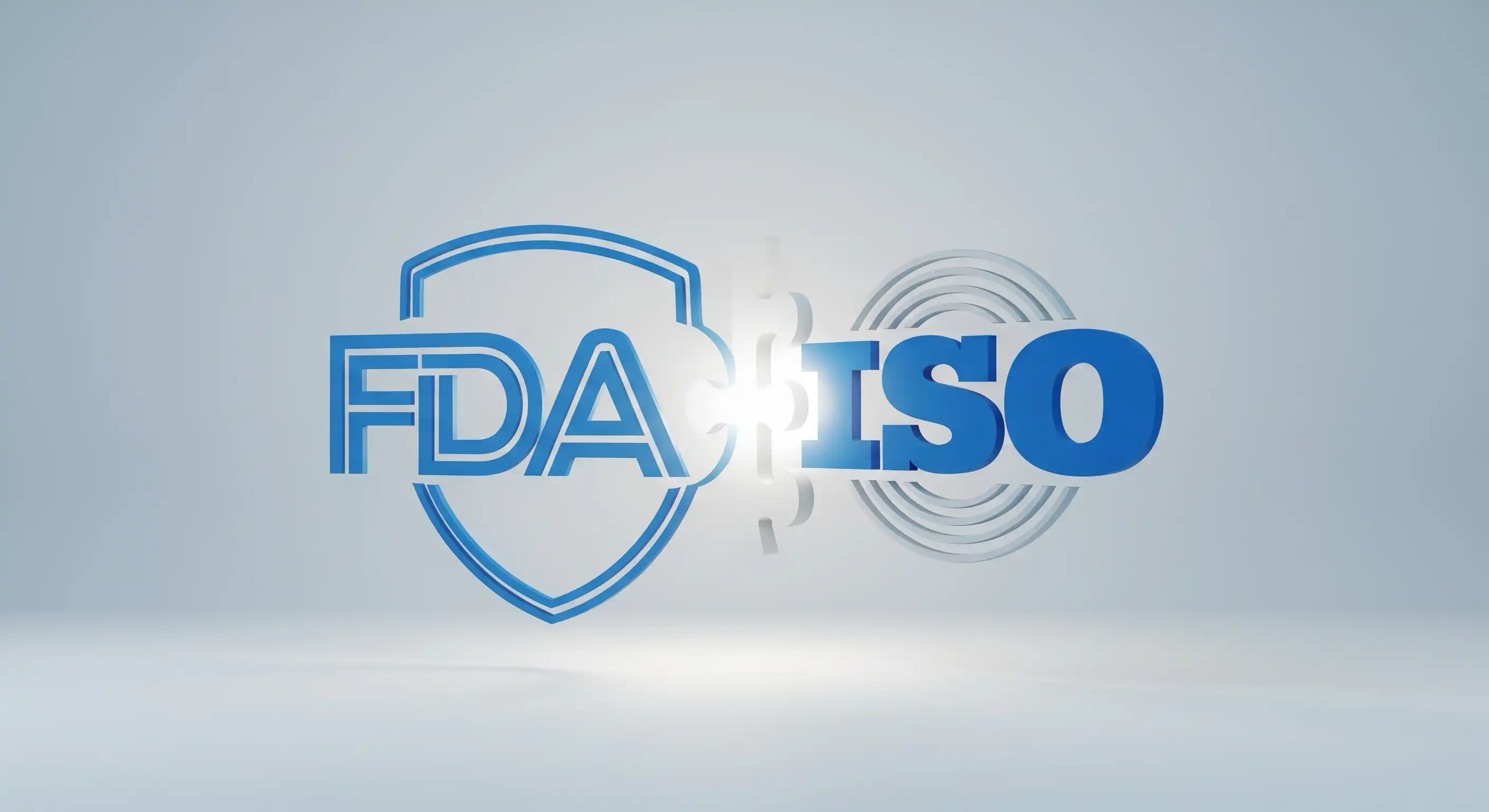
Navigating the Seismic Shift: FDA Finalizes Transition to QMSR, Harmonizing with ISO 13485
A new era of medical device regulation is dawning in the United States. The U.S. Food and Drug Administration (FDA) has finalized its long-anticipated rule to amend the Quality System (QS) regulation, transitioning from the familiar 21 CFR Part 820 to the new Quality Management System Regulation (QMSR). This landmark change aligns U.S. requirements with the internationally recognized standard, ISO 13485:2016. For medical device manufacturers, this represents a significant and ultimately beneficial evolution in the regulatory landscape.
This article delves into what this transition to the QMSR means for the industry, why it is a critical and advantageous move, the timeline for implementation, and the specific impact on legacy devices and all medical device manufacturers.
What is the FDA's Transition to QMSR?
The core of this regulatory overhaul is the FDA's incorporation of ISO 13485:2016 by reference. For decades, medical device manufacturers selling products in the U.S. have adhered to the Quality System Regulation (QSR) outlined in 21 CFR Part 820. While the QSR and ISO 13485 share many similarities, they have distinct structures and some differing requirements.
The new QMSR will, for the most part, adopt the requirements of ISO 13485:2016 as the foundation for a manufacturer's quality management system (QMS). However, it's crucial to note that this is not a complete replacement. The FDA will retain certain existing requirements and has added some FDA-specific provisions to ensure consistency with other U.S. regulations. In essence, manufacturers will need to maintain a quality management system that is compliant with ISO 13485, with some additional elements as defined in the final QMSR.
Why This Harmonization is Important and Beneficial
The FDA's move to harmonize with a global standard is a strategic one, driven by a desire to modernize regulations and reduce unnecessary burdens on the medical device industry. The key benefits include:
- Global Alignment and Reduced Regulatory Burden: Many medical device manufacturers operate on a global scale and have long been required to maintain compliance with both FDA's Part 820 and ISO 13485 for other markets. The new QMSR will streamline these efforts, allowing for a more unified and efficient approach to global quality management.
- Enhanced Focus on Risk Management: ISO 13485 places a strong emphasis on a risk-based approach throughout the entire product lifecycle. By adopting this standard, the QMSR will further embed risk management principles into the core of a manufacturer's quality system.
- Improved Efficiency and Faster Market Access: A single, harmonized quality management system will reduce the complexity and cost of compliance, allowing manufacturers to focus resources on innovation.
- Consistency and Clarity: The adoption of a widely understood international standard will bring greater consistency and clarity to regulatory expectations, facilitating better communication between manufacturers and the FDA.
The Timeline for Transition
The final rule for the QMSR was published on February 2, 2024. To provide manufacturers with adequate time to prepare and update their quality systems, the rule has an effective date of February 2, 2026.
Until this effective date, manufacturers must continue to comply with the existing 21 CFR Part 820 Quality System Regulation. However, proactive preparation for the new QMSR is not just recommended; it is essential for a smooth and successful transition.
Impact on Legacy Devices and Manufacturers
This regulatory change will impact all medical device manufacturers marketing products in the U.S., including those with "legacy devices" – products that have been on the market for years. All devices, regardless of their time on the market, will need to be manufactured under a QMSR-compliant quality management system by the February 2, 2026 deadline. This means that manufacturers of legacy devices will need to:
- Conduct a Thorough Gap Analysis: Perform a detailed comparison of their current QMS against the requirements of ISO 13485:2016 and the new QMSR.
- Update Quality Management Systems: Revise and update their QMS, which will likely involve changes to documentation, risk management files, design and development files (which will replace the Device Master Record), and other key quality records.
- Train Personnel: All relevant personnel will need to be trained on the new requirements of the QMSR and the underlying principles of ISO 13485.
- Embrace New Terminology: Adapt to the terminology of ISO 13485. For instance, the "Device Master Record" will be referred to as the "Medical Device File."
For manufacturers of legacy devices, this transition will require a retrospective review of their product documentation and risk management activities to ensure they align with the more comprehensive expectations of the QMSR.
Your Partner in a Seamless Transition: Excellence Consulting
The transition to the FDA's QMSR is a significant undertaking, but it doesn't have to be a daunting one. At Excellence Consulting, we are uniquely positioned to guide your organization through this regulatory evolution. With years of hands-on experience implementing ISO 13485 quality management systems for European medical device manufacturers, complemented by our extensive expertise in navigating the complexities of the FDA's Part 820 QMS for companies in the USA, we understand both the world you are coming from and the one you are transitioning to.
Let Excellence Consulting be your trusted advisor, ensuring your transition to the new QMSR is not just compliant, but a strategic advantage for your business. Contact us today to learn how we can help you navigate this change with confidence.